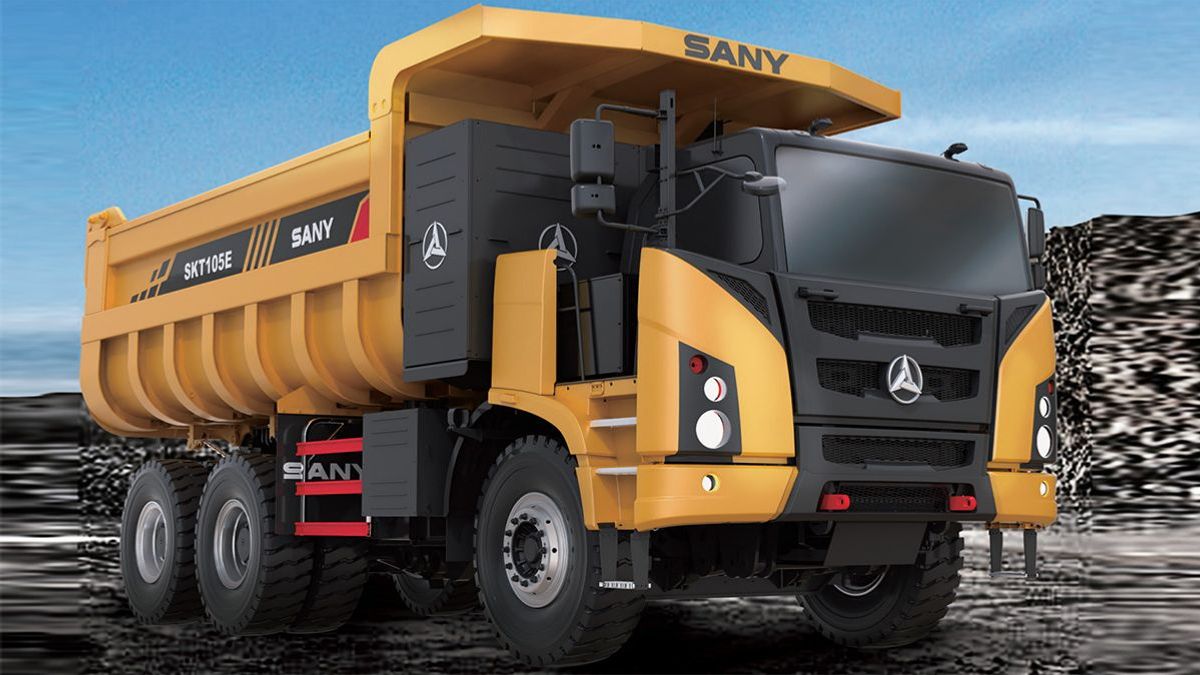Latest News
-
 Top Tips – How To Charge Electric Scooters For Best Battery Life
Top Tips – How To Charge Electric Scooters For Best Battery Life -
 MS Dhoni's New Innings As Citroen's Brand Ambassador In India
MS Dhoni's New Innings As Citroen's Brand Ambassador In India -
 4 Tips To Reduce Cabin Noise In Your Car – Say Bye-Bye To Road Noise
4 Tips To Reduce Cabin Noise In Your Car – Say Bye-Bye To Road Noise -
 Vande Bharat Express Launch Stalled In Tamil Nadu By KSEB's Oversight
Vande Bharat Express Launch Stalled In Tamil Nadu By KSEB's Oversight -
 Hyundai's New Initiative EcoGram Cuts Down Carbon Emissions Significantly
Hyundai's New Initiative EcoGram Cuts Down Carbon Emissions Significantly -
 Toyota Fortuner Leader Edition Revealed – Comes With More Practical Enhancements
Toyota Fortuner Leader Edition Revealed – Comes With More Practical Enhancements -
 Lockheed Martin L1011 Tristar Emerges As New Diving Attraction In The Red Sea
Lockheed Martin L1011 Tristar Emerges As New Diving Attraction In The Red Sea -
 Toyota Sales Breakup For The Month Of March 2024 – Hycross & Hyryder Leads The Charge
Toyota Sales Breakup For The Month Of March 2024 – Hycross & Hyryder Leads The Charge -
 Upcoming Mahindra XUV3XO: New Interior Features Showcased
Upcoming Mahindra XUV3XO: New Interior Features Showcased -
 Tata Zing: The Project Of Affordable Mobility By Tata Motors
Tata Zing: The Project Of Affordable Mobility By Tata Motors
Low Profile Tyres — The Advantages And Disadvantages
How many times have you noticed a car running with those cool wheels and tyres that look larger than the standard ones fitted on your car? Chances are quite a few times, so we thought we'd shed some light on your rubber doubts.
What you're seeing on these cars is an aftermarket modification, that of the fitment of bigger rims and low profile tyres. These tyres are 'thinner' than conventional tyres and thus allow for bigger wheels to be installed in the same wheel well. However, while these tyres certainly look the part, there is more to know about them before rushing out and purchasing a set for your car.

How To Read Your Tyre Size
Every tyre has details of the size of the tyre along with other information. For now, let's focus on the size. In the example alongside, the tyre size details are 305/30ZR19 and can be read as follows:
305
—The
width
of
the
tyre
in
millimetres
30
—The
profile
or
aspect
ratio
of
the
tyre
(read
further
for
more)
Z
—The
speed
rating
of
the
tyre
(here
rated
‘Z'
for
above
300
km/h)
R
—Radial
construction
19
—The
diameter
of
the
tyre
in
inches

What Is A Tyre’s Profile?
The profile of a tyre is the depth of the sidewall, or the height of the side of the tyre, which is expressed as a percentage of the tyre's width. In our example (the 305/30ZR19 tyre), the profile or aspect ratio of the tyre is an extremely low 30, which means the tyre's sidewall depth is 30 per cent of the 305-millimetre width. Aspect ratios of low profile tyres usually begin from 60, moving downwards as the sidewall gets narrower.
Picture
credit:
Flickr
Dennis
Larson

Advantages Of Low Profile Tyres
Apart from doing wonders for the looks of your car, low profile tyres offer greatly improved levels of handling and grip, especially in the dry. Your car will also brake much better, with a wider contact patch (the area of the tyre in contact with the road) that provides greater traction than a conventional tyre.
Low profile tyres will benefit your car's cornering characteristics by being able to handle greater cornering forces (CF), and steering performance sees a marked improvement as well.

Disadvantages Of Low Profile Tyres
Possibly the biggest disadvantage of low profile tyres in an Indian context is the high susceptibility to tyre and rim damage, since these tyres have a smaller air cushion to work with to absorb harsh impacts from our pothole-ridden roads. Road noise also increases with these tyres because of the larger contact patch, and the ride of your car can become much stiffer.

One also has to be much more watchful in the rain, since cars shod with low profile tyres offer less resistance to aquaplaning (when the water on the road forms a layer between the tyre and the surface of the road, leading to the car losing traction and skidding). Fuel economy also takes a hit, and last but not least, these tyres are expensive, costing much more than standard tyres.

Important to know!
Key to remember is car makers allow for a maximum increase of three per cent of the original tyre size. Any further upsizing and it will actually take away from the aforementioned handling advantages because the wheel well will not be able to accommodate the oversize tyre.
One can often notice tell-tale signs of damage like chipped rubber on these upsized tyres since they end up scraping the sides of the wheel wells.In case you feel we've missed something here or if you'd like to share your experience with low profile tyres, do drop a comment below.
Picture
credit:
Flickr
Vulcho



 Click it and Unblock the Notifications
Click it and Unblock the Notifications















